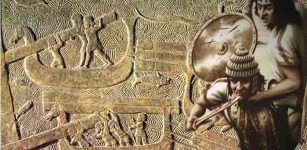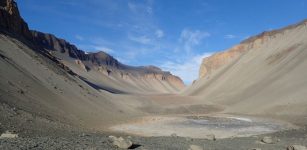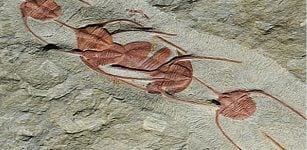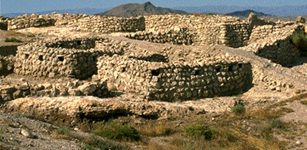Rare Fossil Of Dog-Sized Horned Dinosaur From “Lost Continent” Identified By Scientists
MessageToEagle.com – A rare fossil of a dog-sized horned dinosaur has been identified by a scientist at Britain’s University of Bath. The animal originated from eastern North America also known as ‘lost continent’ of Appalachia.
During the Late Cretaceous period, 66-100 million years ago, the land mass that is now North America was split in two continents by a shallow sea, the Western Interior Seaway, which ran from the Gulf of Mexico to the Arctic Ocean.
Dinosaurs living in the western continent, called Laramidia, were similar to those found in Asia.
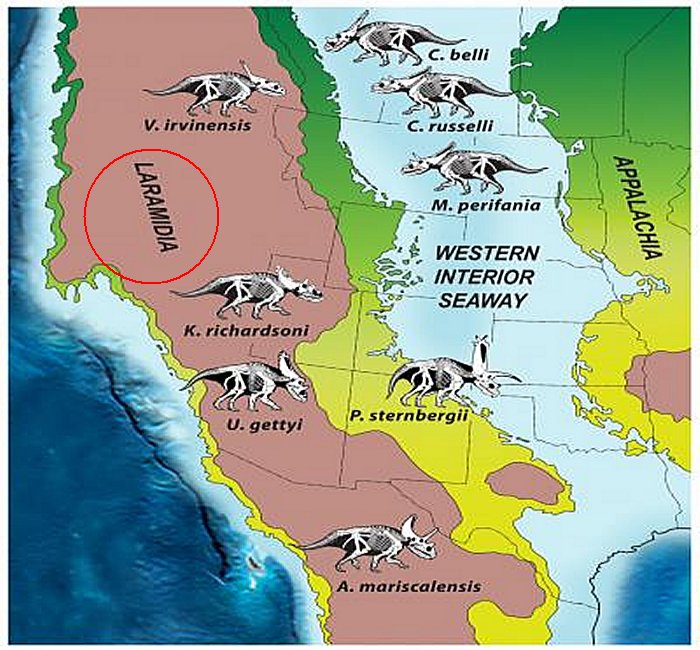
However, only few fossils of animals from the eastern ‘lost continent’ of Appalachia have been found because these areas being densely vegetated, making it difficult to discover and excavate fossils.
Dr Nick Longrich from the Milner Centre for Evolution based in our Department of Biology & Biochemistry, studied one of these rare fossils, a fragment of a jaw bone kept in the Peabody Museum at Yale University.
It turned out to be a member of the horned dinosaurs – the Ceratopsia, a group of plant-eating horned dinosaurs that lived in the Cretaceous period. The comes from a smaller cousin of the better known Triceratops, theleptoceratopsids.
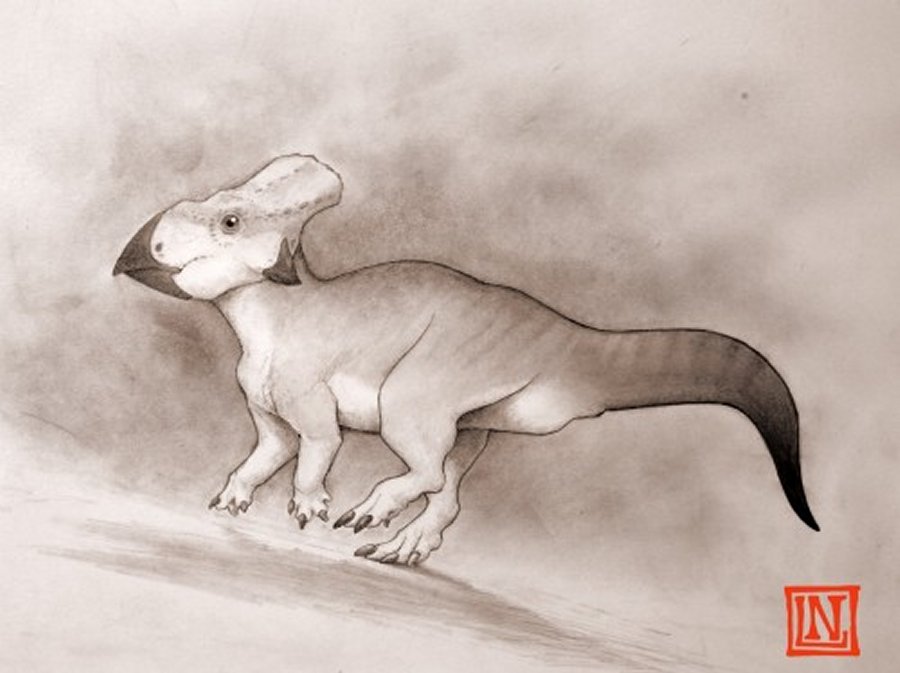
“Just as many animals and plants found in Australia today are quite different to those found in other parts of the world, it seems that animals in the eastern part of North America in the Late Cretaceous period evolved in a completely different way to those found in the western part of what is now North America due to a long period of isolation,” Longrich explained.
“This adds to the theory that these two land masses were separated by a stretch of water, stopping animals from moving between them, causing the animals in Appalachia to evolve in a completely different direction, resulting in some pretty weird looking dinosaurs.”
Longrich’s study, published in the journal Cretaceous Research, highlights it as the first fossil from a ceratopsian dinosaur identified from this period of eastern North America, but the study was not easy because the specimen was too incomplete to identify the exact species accurately.
“Studying fossils from this period, when the sea levels were very high and the landmasses across the Earth were very fragmented, is like looking at several independent experiments in dinosaur evolution.
“At the time, many land masses – eastern North America, Europe, Africa, South America, India, and Australia – were isolated by water.
“Each one of these island continents would have evolved its own unique dinosaurs – so there are probably many more species out there to find.”
Research is published in the journal Cretaceous Research.
MessageToEagle.com via AncientPages.com

